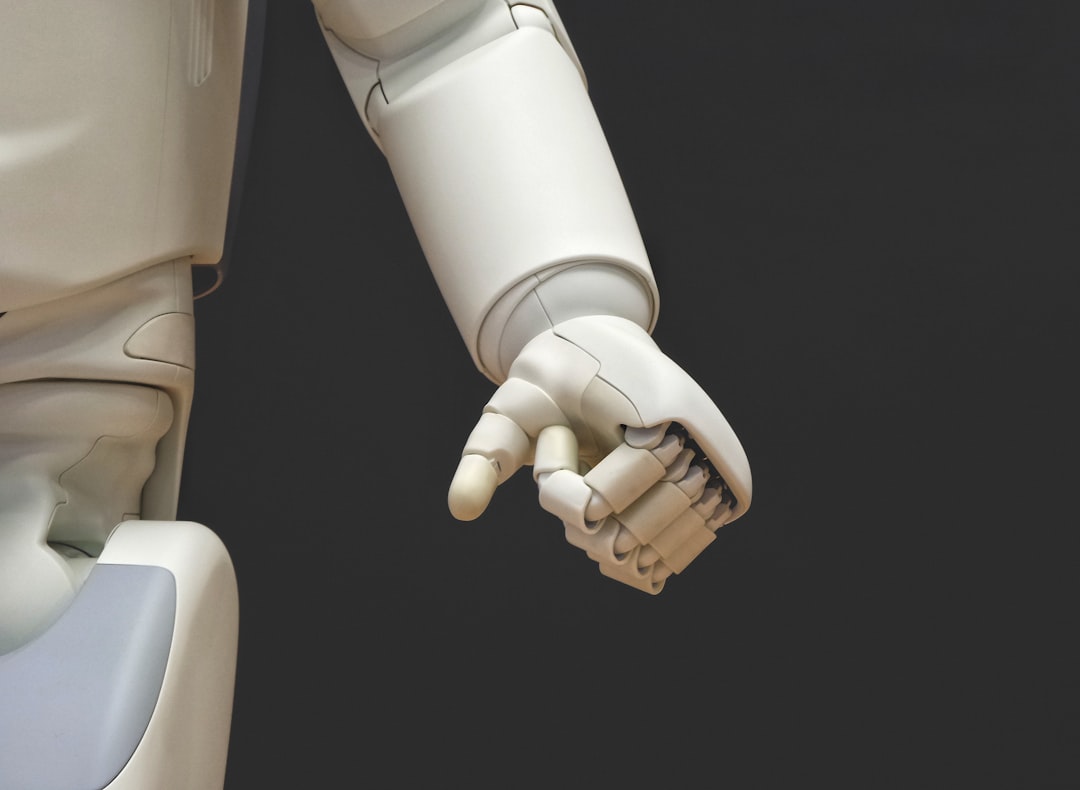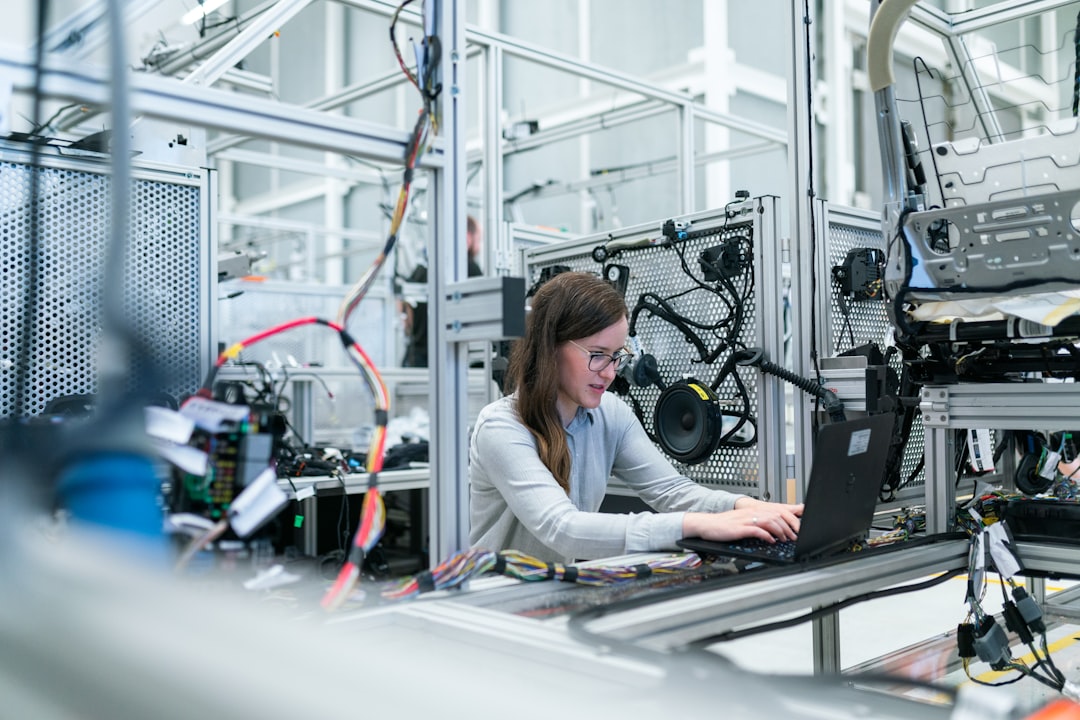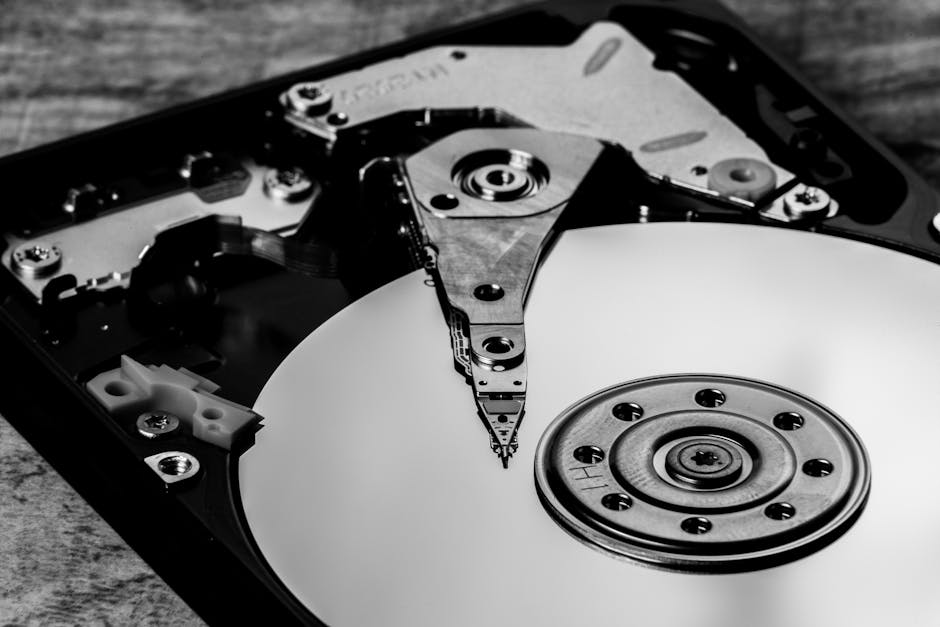Unlock encrypted content
Please enter your SSCE key to initiate on-the-fly decryption.
Decryption key: (Click cancel if you don't have the key)
Copied link to clipboard.
This feature is unavailable for free accounts. Upgrade now and enjoy all Premium benefits.
Go Premium!
This feature is unavailable for free accounts. Upgrade now and enjoy all Premium benefits.
Go Premium!
Please open this page in browser ( Google Chrome or Safari ) to use this feature.
Open In Browser
The Future of Technology: Brain-Machine Interfaces, Autonomous Vehicles, and More
Random related video for this blog.
Copied share link to clipboard.
A BMI is a system that allows direct communication between the brain and an external device, such as a computer or a prosthetic limb. By translating neural signals into actionable commands, BMIs hold the potential to revolutionize the lives of individuals with disabilities and enhance human capabilities beyond imagination. One of the most exciting applications of BMIs is in the field of healthcare. Researchers are exploring the use of BMIs to restore movement and communication abilities in individuals with spinal cord injuries or neurodegenerative diseases. By bypassing damaged neural pathways, BMIs have the potential to enable paralyzed individuals to control robotic limbs or even regain the ability to walk. Beyond healthcare, BMIs also hold promise in the realm of entertainment and gaming. Imagine being able to control a video game character or interact with a virtual reality environment using just your thoughts. This concept may soon become a reality thanks to BMIs. Companies like Neuralink, founded by Elon Musk, are working on developing high-bandwidth BMIs that can achieve seamless integration between the human brain and digital systems.
Autonomous Vehicles: Redefining Transportation
Autonomous vehicles, also known as self-driving cars, are poised to revolutionize the way we commute and transport goods. These vehicles use a combination of advanced sensors, artificial intelligence, and machine learning algorithms to navigate and make decisions without human intervention. The potential benefits of autonomous vehicles are vast, ranging from increased safety on the roads to improved traffic flow and reduced carbon emissions. One of the key advantages of autonomous vehicles is their potential to significantly reduce accidents caused by human error. According to the World Health Organization, over 1.35 million people die each year in road traffic crashes. By eliminating human error from the equation, autonomous vehicles have the potential to save countless lives and make our roadssafer. In addition to safety, autonomous vehicles can also bring about significant changes in transportation efficiency. With the ability to communicate with each other and optimize routes in real-time, autonomous vehicles can reduce traffic congestion and make commuting more efficient. They can also lead to cost savings in terms of fuel consumption and maintenance.
Holographic Data Storage: The Future of Data Storage
As the amount of digital data we generate continues to grow exponentially, traditional data storage methods are struggling to keep up. Holographic data storage offers a potential solution to this problem by enabling a massive increase in storage capacity and data transfer rates. This futuristic technology uses lasers to store and retrieve data in three dimensions, allowing for much denser and faster data storage than conventional methods. One of the key advantages of holographic data storage is its high storage capacity. Unlike traditional hard drives or solid-state drives, which store data on a two-dimensional surface, holographic storage can store data in multiple layers within a single volume. This enables the storage of terabytes or even petabytes of data in a single disk. Another advantage of holographic data storage is its fast data transfer rates. With traditional storage methods, data is read or written sequentially, resulting in slower transfer speeds. In contrast, holographic storage allows for parallel data access, enabling much faster transfer rates. This can be particularly beneficial in applications that require rapid access to large amounts of data, such as video streaming or data-intensive scientific research.Voice Assistants: The Rise of Digital Personal Assistants
Voice assistants have become an increasingly common feature of our everyday lives, with popular examples including Amazon's Alexa, Apple's Siri, and Google Assistant. These intelligent virtual assistants use advanced natural language processing algorithms to understand and respond to voice commands, making tasks such as setting reminders, playing music, or controlling smart home devices as simple as speaking a few words. The convenience and ease of use offered by voice assistants have made them a popular choice for many consumers. With just a few spoken words, users can access a wide range of information and services, making voice assistants an integral part of our connected lives. Voice assistants are also becoming more intelligent over time, thanks to advancements in machine learning and artificial intelligence. Beyond their use in personal devices, voice assistants are also finding applications in various industries. In healthcare, voice assistants can be used to provide patients with personalized health information or reminders to take medication. In customer service, voice assistants can handle basic customer inquiries, freeing up human agents to focus on more complex tasks. Voice assistants are even being integrated into vehicles, allowing drivers to control various functions without taking their hands off the wheel.Advanced Encryption Algorithms: Safeguarding Data in the Digital Age
In an increasingly connected world, the need to protect sensitive information has never been greater. Advanced encryption algorithms play a crucial role in safeguarding data, ensuring that it remains secure and confidential, even in the face of sophisticated cyber threats. Encryption algorithms use complex mathematical functions to transform data into an unreadable format, which can only be decrypted with the correct key. One of the most widely used encryption algorithms is the Advanced Encryption Standard (AES). AES is a symmetric encryption algorithm, meaning that the same key is used for both encryption and decryption. It has become the de facto standard for securing sensitive data, from financial transactions to government communications. In addition to symmetric encryption, asymmetric encryption algorithms are also widely used. These algorithms, such as the RSA algorithm, use a pair of keys - a public key for encryption and a private key for decryption. This allows for secure communication between two parties without the need to exchange a shared secret key. Advanced encryption algorithms are not only crucial for protecting data at rest, but also for securing data in transit. When data is transmitted over networks, it is vulnerable to interception and tampering. Encryption ensures that even if intercepted, the data remains unreadable and unusable to unauthorized individuals.Multi-Device Access: Seamless Connectivity Across Devices
In today's digital age, individuals often use multiple devices, such as smartphones, tablets, and laptops, to access and interact with their digital content. Multi-device access refers to the ability to seamlessly access and synchronize data across different devices, allowing users to pick up where they left off regardless of the device they are using. Cloud storage services, such as FileLu, play a vital role in enabling multi-device access. These services allow users to upload their files to the cloud and access them from any device with an internet connection. This eliminates the need to manually transfer files between devices or rely on physical storage media. With multi-device access, users can start a document on their laptop, continue editing it on their smartphone during their commute, and then finalize it on their tablet at home. This level of flexibility and convenience enhances productivity and streamlines workflows. Advanced metadata management is a key component of multi-device access. Metadata refers to the information about a file, such as its name, size, and modification date. By properly managing metadata, cloud storage services can ensure that changes made to a file on one device are reflected across all devices, maintaining consistency and minimizing the risk of data loss or version conflicts.Drone Technology: Transforming Industries
Drones, also known as unmanned aerial vehicles (UAVs), have rapidly gained popularity in recent years. These versatile flying machines are equipped with cameras, sensors, and other advanced technologies, enabling them to perform a wide range of tasks across various industries. In agriculture, drones can be used to monitor crop health, detect pests or diseases, and optimize irrigation or fertilization practices. By providing real-time aerial imagery and data, drones enable farmers to make informed decisions and increase crop yields while minimizing environmental impact. In the construction industry, drones are used for surveying and mapping, allowing for accurate measurements and 3D modeling of construction sites. Drones can also be used to inspect infrastructure such as bridges or buildings, reducing the need for manual inspections and improving worker safety. In the delivery and logistics sector, drones hold the potential to revolutionize last-mile delivery. Companies like Amazon and UPS are exploring the use of drones to deliver packages quickly and efficiently, especially in remote or hard-to-reach areas. This can significantly reduce delivery times and costs, while also reducing carbon emissions associated with traditional delivery methods.Conclusion
The future of technology holds immense potential, from brain-machine interfaces that can unlock the power of the mind to autonomous vehicles that can redefine transportation. Holographic data storage, voice assistants, advanced encryption algorithms, multi-device access, and drone technology are just a few examples of the exciting advancements that await us. As these technologies continue to evolve and become more integrated into our daily lives, it is essential to prioritize security and data management. Cloud storage services like FileLu offer a secure and convenient solution for storing and accessing data across multiple devices, with advanced encryption algorithms ensuring the confidentiality and integrity of your files. Embracing these advancements in technology can lead to increased productivity, efficiency, and innovation across various industries. Whether it's enabling individuals with disabilities to regain mobility, reducing traffic accidents through autonomous vehicles, or revolutionizing data storage with holographic technology, the future is bright and full of possibilities.Frequently Asked Questions (FAQs) Question: What is a Brain-Machine Interface (BMI)? Answer:
A Brain-Machine Interface (BMI) is a system that allows direct communication between the brain and an external device, enabling individuals to control devices or restore lost functions through neural signals. Question: How do autonomous vehicles work? Answer:
Autonomous vehicles use advanced sensors, artificial intelligence, and machine learning algorithms to navigate and make decisions without human intervention. They can perceive their environment, detect obstacles, and plan optimal routes. Question: What is holographic data storage? Answer:
Holographic data storage is a technology that uses lasers to store and retrieve data in three dimensions, enabling higher storage capacities and faster data transfer rates compared to traditional storage methods. Question: How do voice assistants work? Answer:
Voice assistants use advanced natural language processing algorithms to understand and respond to voice commands. They can perform tasks such as setting reminders, playing music, or controlling smart home devices. Question: Why is encryption important for data security? Answer:
Encryption ensures that data remains secure and confidential, even if it is intercepted or accessed by unauthorized individuals. Advanced encryption algorithms use complex mathematical functions to transform data into an unreadable format. Question: How does multi-device access work? Answer:
Multi-device access allows users to seamlessly access and synchronize their data across different devices. Cloud storage services play a crucial role in enabling multi-device access by providing a centralized storage solution. Question: What are the applications of drone technology? Answer:
Drones are used in various industries, including agriculture, construction, and delivery. They can perform tasks such as crop monitoring, site surveying, infrastructure inspection, and last-mile delivery.
By Amelia Isabella
Email: [email protected]
Related
Efficient File Sharing and Cybersecurity Solutions: Exploring Tesla Autopilot Protection,...
June 19, 2023
Read More
Cloud Storage for Photographers: Enhancing Reliability and Security with FileLu.com
June 15, 2023
Read More
Nanotechnology and Cutting-Edge Innovations: Transforming the Future of File Streaming...
June 19, 2023
Read More
Advanced Driver Assistance Systems (ADAS): Enhancing Road Safety and Efficiency
July 2, 2023
Read More
Efficient and Easy-to-Use File Transfer Tools: FileLu Versus the Competition.
May 29, 2023
Read More
Popular
Effective Project Management Software for Remote Work: Ensuring Data Security...
May 11, 2025
Read More
Exploring the Future of File Sharing: Augmented Humans, Cryptocurrency, and...
May 14, 2025
Read More
Latest
Exploring the Future of File Sharing: Augmented Humans, Cryptocurrency, and...
May 14, 2025
Read More
Effective Project Management Software for Remote Work: Ensuring Data Security...
May 11, 2025
Read More
Innovative File Collaboration and Secure Cloud Storage Solutions for Modern...
April 27, 2025
Read More
The Future of Technology: Automation, Cybersecurity, and Collaborative Innovations in...
April 20, 2025
Read More
The Future of Technology: Exploring AI, Biotechnology, and Revolutionary Data...
April 9, 2025
Read More
The Future of Data Management: Exploring Cloud Storage, Voice Assistants,...
April 6, 2025
Read More
The Future of Technology: Exploring Emerging Innovations and Their Impact...
March 30, 2025
Read More
The Future of File Management: Exploring User-Friendly Technologies and Their...
March 26, 2025
Read More



























